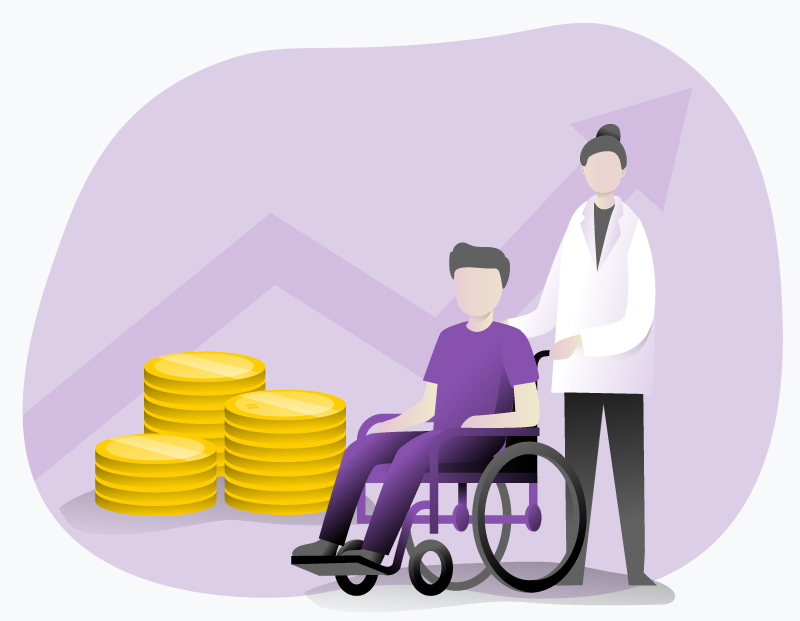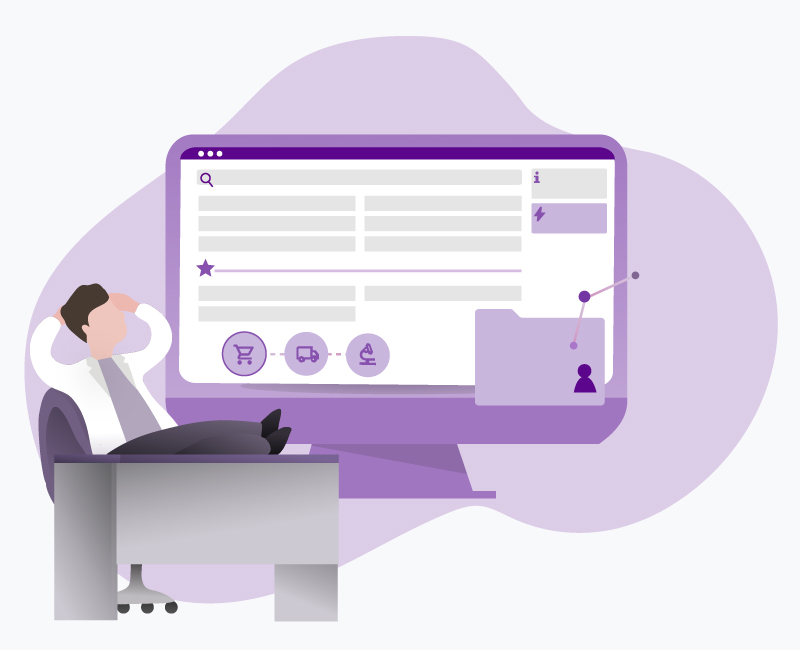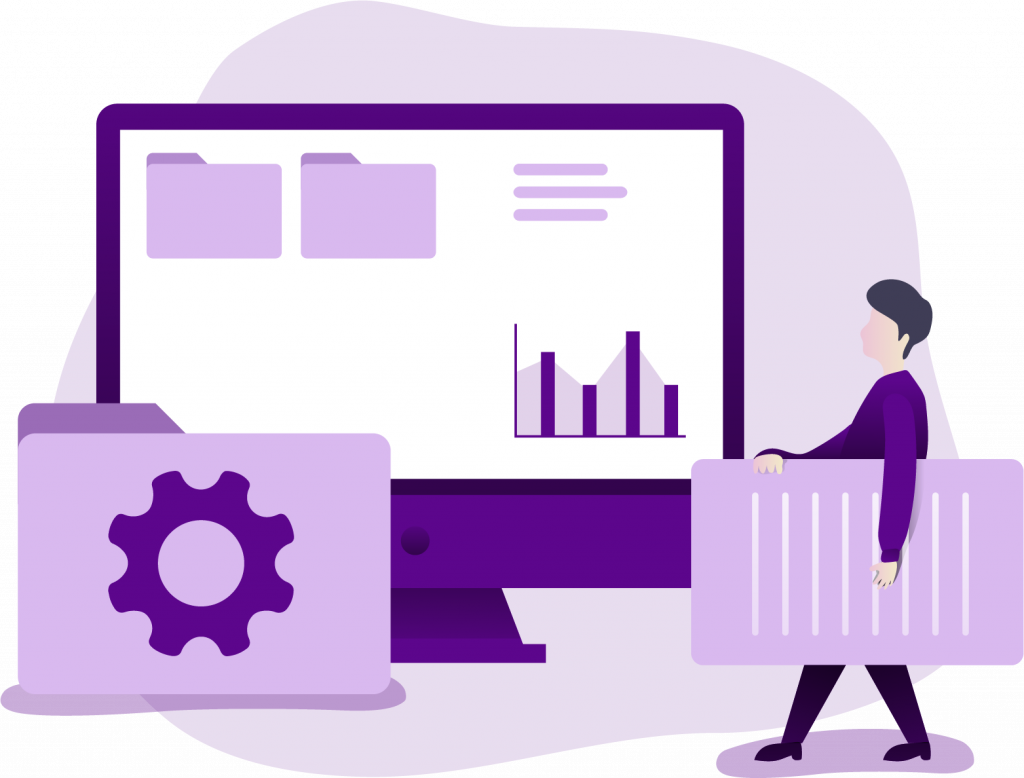In order to reconcile economic aspects and medical goals, it is crucial to understand that the profitability of a hospital depends not only on profitable treatment, but also on the initial presentation of less profitable cases.
These cases are usually considered with the aim of reducing less beneficial processes (in this context, diagnostics) by avoiding redundant or medically unindicated examinations. This can make sense in an economic context, but the effect is limited and the potential is quickly exhausted due to the high degree of automation. Much more interesting – but at the same time more complex – is the optimization of clinical processes with the aim of an earlier and more targeted diagnosis and subsequent orientation of therapy. This not only enables a more effective use of resources and saves primary costs (e.g. through fewer duplicate tests), but also achieves secondary effects (e.g. through avoidable complications, shortening the length of stay) and improves the quality of patient care.
The potential of data analysis for healthcare
The combination of process management, medicine and business administration makes it possible to develop innovative solutions that are tailored to the specific needs of hospitals. The use of existing data sets, in particular from the Laboratory Information System (LIS) and § 21 KHEntgG data sets, offers enormous opportunities for process optimization. By retrospectively analysing existing data, potentials can be identified and patterns recognized in order to optimize diagnostic processes in the future and improve patient care. For example, the performance data of hospital cases can be used to allocate which main and secondary diagnoses were coded and, by comparing the diagnostic data from the laboratory, it is possible to find out whether a diagnosis could have been made at an earlier point in time and thus possibly reduce the complication rate or length of stay. Modern technologies such as real-time data analysis, data lakes and process mining enable us to monitor the newly established processes in real time and adjust them if necessary.
Process integration and end-to-end optimization of the diagnostic process
When implementing the solutions, it is crucial that they are based on real use cases and issues and, above all, that they are seamlessly integrated into the clinical workflow (between the laboratory and the ward or emergency room).
Embedded rules in the digital service request can, for example, reduce non-beneficial or redundant tests based on the individual patient situation and previous values, saving both costs and time. At the same time, the solution should enable necessary laboratory tests to be requested and carried out precisely and effectively. Suggestions for the initial request (e.g. also based on complex symptoms), recommendations for subsequent requests and also proactive warnings and pre-analytical information relieve the burden on both the sender and laboratory staff.
Added to this is the user-friendly provision of important laboratory results in personalized overviews. While systems currently in use primarily provide status reports (e.g. on the availability of new laboratory values), it is much more expedient to derive specific findings from the data and incorporate content-related information and recommendations for action into the clinical process.
IT infrastructure and digitalization as a basic building block
In order to increase efficiency in patient care, it is not only internal clinical processes that need to be optimized, but also networking between the sectors at process and data level. This is where IT infrastructure and digitalization come into play as a fundamental building block.
The digitalization of processes and the availability of data are not only necessary tools for the aforementioned analyses and decision support systems, but often also offer opportunities for optimization themselves. An efficient IT infrastructure can lower maintenance costs and reduce the costs of interfaces. For example, the use of modern FHIR stores not only enables future-proof preparation for digital patient records, but also offers secure and efficient scenarios for cross-data collaboration. Another advantage is the optimal data protection guaranteed by the separation of data in the FHIR store. This networking facilitates communication and data exchange between different facilities. In addition, open source solutions are increasingly being used in the healthcare sector to increase efficiency and promote flexibility (read more about this in our blog post on data management and security with open source.[2]
The future of diagnostics: a holistic approach
Optimizing clinical processes in diagnostics using laboratory diagnostics is more than just a technical challenge. It is an opportunity to revolutionize medicine and improve patient care. Through the integration of different disciplines and technologies, critical analysis and the development of concrete, individualized solutions, we can shape this change and have a significant impact on the future of medicine.
References:




